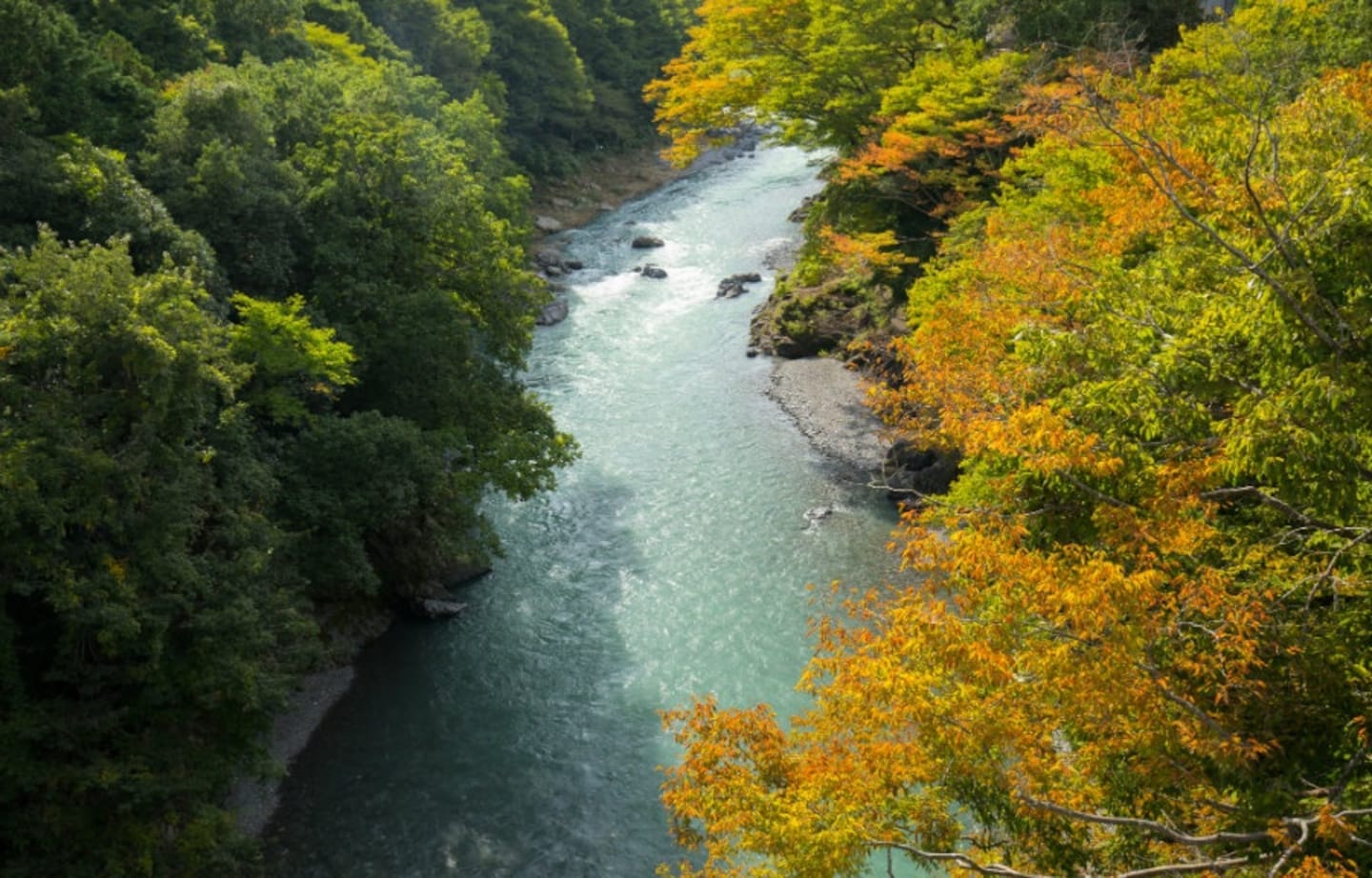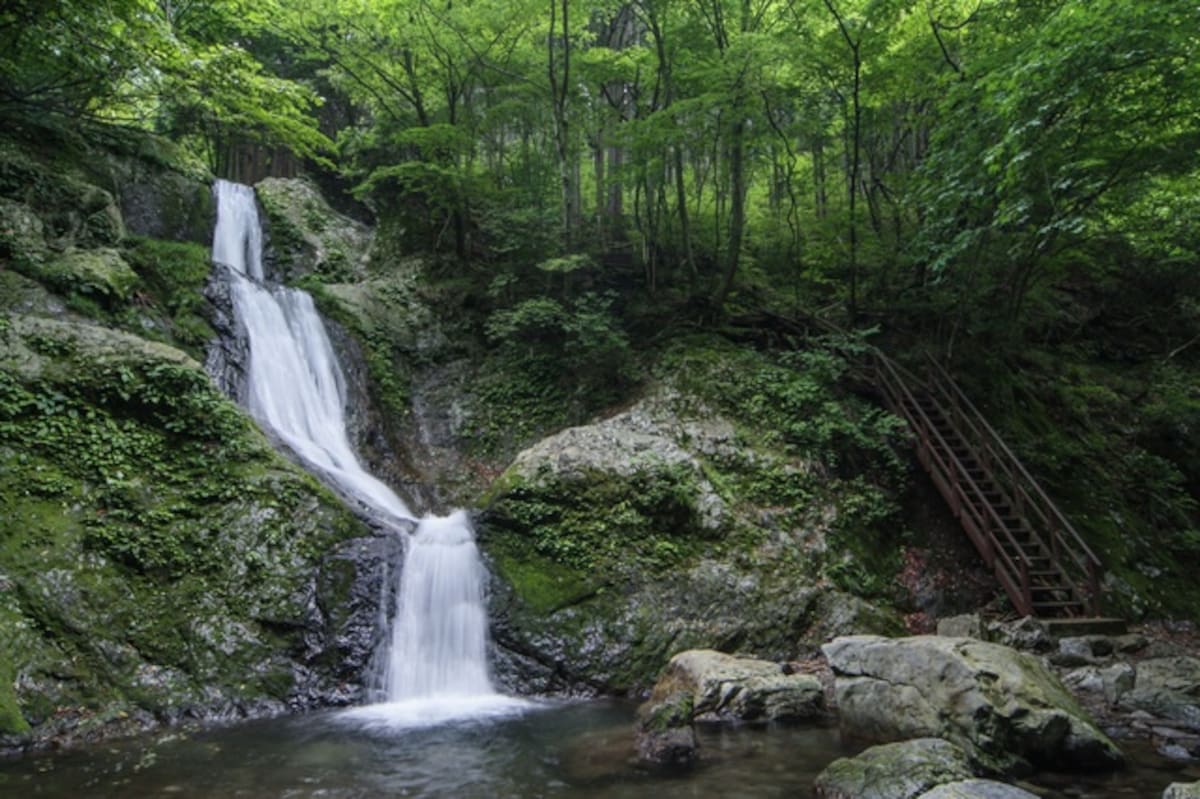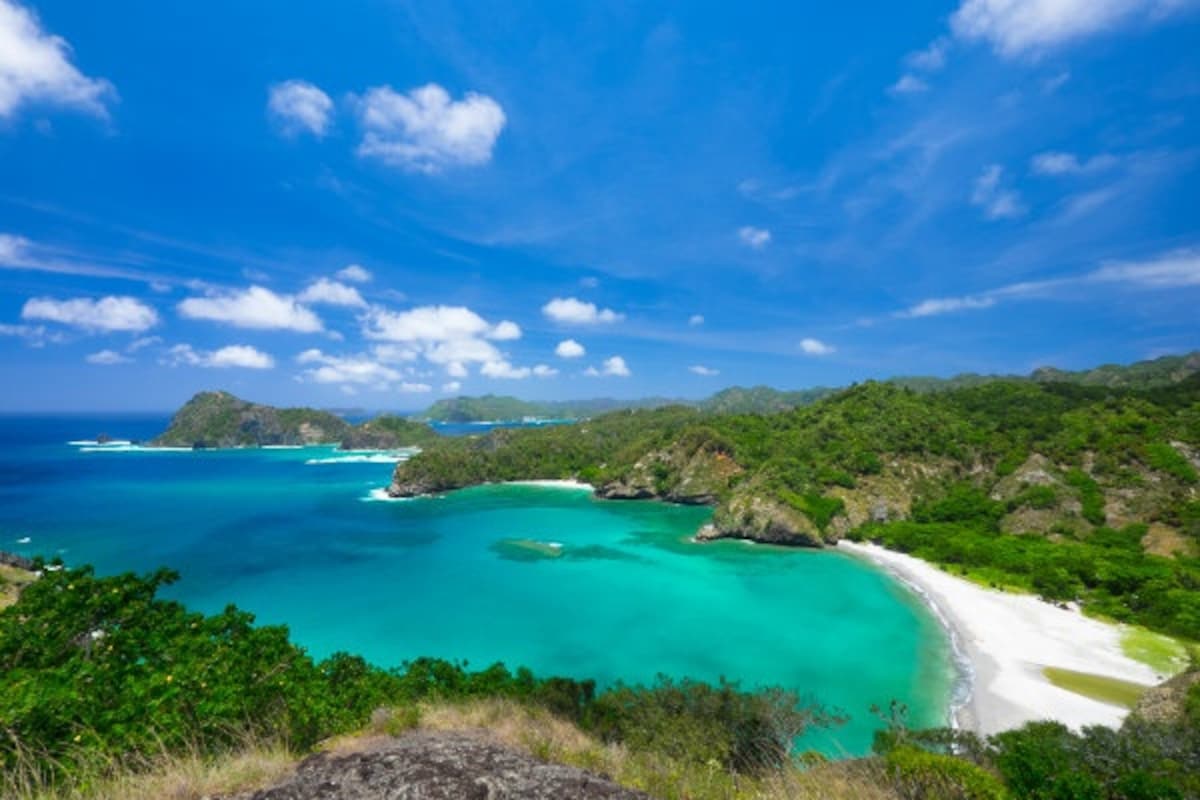A Walk through Tokyo's Great Outdoors

Tokyo is not just a concrete jungle. Take a bit of a jaunt and you can experience the great outdoors—stunning scenery blessed with water and greenery. Tokyo is also home to world natural heritage sites, where treasured natural environments still remain.
By Highlighting JapanOkutama

"This place really doesn't seem like Tokyo! I also visited here last week, and since it was such a great place, I brought three of my friends here today."
A woman in her 60s in hiking shoes and a backpack speaks cheerfully in front of the Nejire-no-Taki waterfall as it surges downstream. These four people got on a two-hour train ride on the JR Ome Line from Shinjuku Station in Tokyo, got off at the end of the line at Okutama Station, and instead of getting in a car, walked a trail for two and a half hours along the river to the waterfall.
There are two waterfalls close to Nejire-no-Taki: Mitsugama-no-Taki, a three-tiered waterfall with an 18-meter (59-ft) drop, and Otaki with a 23-meter (75-ft) drop. The Unazawa Santaki Trail has been set up to lead to these waterfalls. Very close to this trail is a mountain stream, with beautiful mossy rocks. Here, people enjoy canyoning, which involves traveling in canyons using techniques such as climbing, scrambling and sliding.
Starting from JR Okutama Station, which is a base for the Okutama area, there's not only the Unazawa Santaki Trail, but also a number of mountain climbing and hiking spots that cater to people of all ages along the Tamagawa River and its tributaries. For example, there's the Okutama Mukashimichi Hiking Trail that stretches around 9 kilometers (5.6 miles) from JR Okutama Station. The Okutama Mukashimichi trail was originally created during the Edo Period (1603–1868), and thus there are shrines and Jizo statues that still stand here, revealing the faith of the period. You can get a sweeping view of the flowing Tamagawa from the trail, but especially impressive is the view of the Tamagawa Gorge from a suspension bridge called Shidaraku-bashi. Simply walking on it will make this bridge sway, so you can also enjoy quite a thrill here!
The Aometachi Fudoson Yasumidokoro, which is located just before the end of the Okutama Mukashimichi trail, is a rest stop that's also a renovated private residence built over 100 years ago. You can enjoy handmade soba noodles and rice cakes here, and have your fill of the gorgeous views of the expansive Okutamako below.
Ogasawara Islands
The Ogasawara Islands, which consist of around 30 small and large islands in the Pacific Ocean, are said to be the farthest islands in Japan because of a decision not to build an airport from the standpoint of conserving the natural environment. The only way to get there is to take a 25-hour journey by boat from Tokyo, but the Ogasawara Islands are definitely worth taking the time to visit.
The value of the Ogasawara Islands is in their nature. The islands have been recognized internationally, and were registered as a World Natural Heritage Site in June 2011.
One characteristic found in the natural environment of the Ogasawara Islands is the presence of numerous indigenous species. The Ogasawara Islands, since they were made, were never connected to a continent or another piece of land, so the life forms that have established themselves on the islands are descendants of those that traveled to the islands on birds, via the wind, ocean currents and driftwood. As a result, indigenous species that have paved their own evolutionary paths now inhabit the islands, which is why they are also called the Galapagos of the East. It's also possible to see whales, birds and turtles that are close to extinction around the Ogasawara Islands.
Various types of eco tours are held around the Ogasawara Islands, such as night tours during which you can see the Mycena chlorophos, a type of mushroom that glows green in the dark in forests, or the Bonin fruit bat, which is indigenous to the islands and is designated as a natural treasure. Also, you can go whale watching to see humpback or sperm whales, or go swimming with wild dolphins. Of course, you can also enjoy fishing, scuba diving and marine sports like sea kayaking.
The temperatures are mild on the islands, with the average temperature at 23°C (73°F), so it's possible to swim outdoors all year round. The best season for swimming is from May through November.
There's one ship that sails to the Ogasawara Islands (Chichijima) every week or so. The only inhabited islands in the chain are Chichijima (around 2,000 residents) and Hahajima (around 500). Camping outdoors is prohibited, so it's necessary to make reservations for overnight accommodations.




